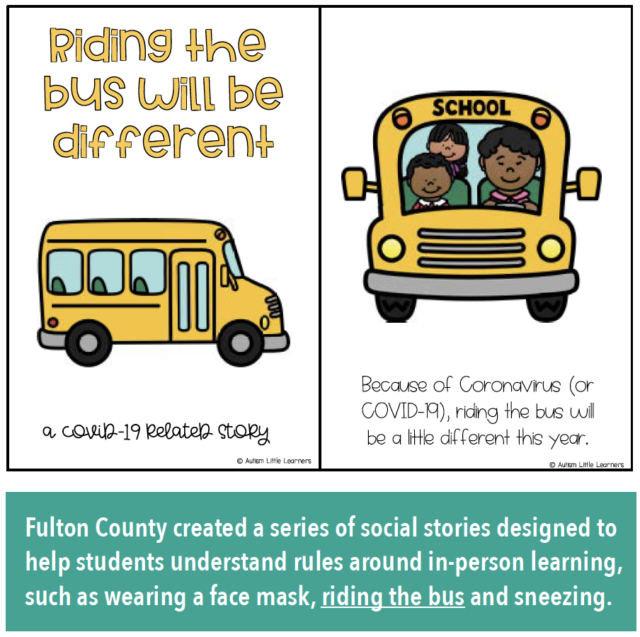As the new school year approaches in August, teachers, administrators, parents and students are pondering many of the same questions about what a return to “normal” will look like. Factors around physical spaces, classmates and schedules are under scrutiny, as are ways to figure out where students stand academically after months of being at home due to the COVID-19 pandemic.
If there is one element of certainty, it’s this: No one has all the answers.
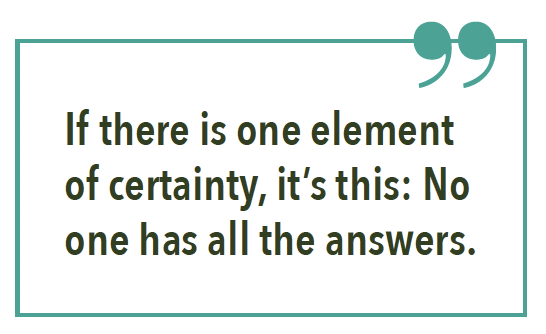
Experienced psychologists and teachers know there’s a lot of ground to cover. School districts around the state have been looking at ways to make the transition as smooth as possible particularly for students with intellectual/developmental disabilities (I/DD), while also preparing to juggle the inevitable curveballs the fall term is sure to send their way. But it’s a challenge to predict what face-to-face learning will be like in a post-COVID world.
“That’s the million-dollar question,” said Nicole White, the director of special education and psychological services for Gwinnett County Public Schools. “We are thinking carefully about how our students will be when they return.”
Rebuilding Relationships
The state’s largest school district, Gwinnett has almost 180,000 students, 23,000 of whom utilize special education resources. In the last 15 months, some of those with I/DD have experienced varying levels of face-to-face learning.
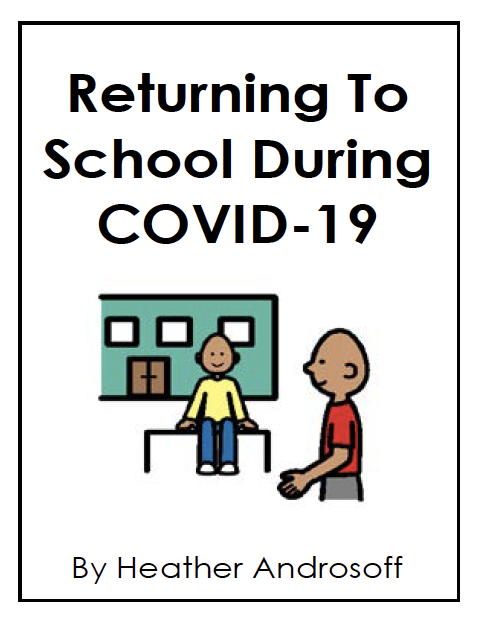
“We have been very fortunate that many of our students who receive special education services took advantage of that opportunity to return to school,” said White. “But there are also those who have been out since last March [2020], and we anticipate that our teachers will reach out in July to re-establish those relationships with students.”
For teachers of special education students, the social aspects of school often play as important a role as the actual learning. “We recognize that students have been impacted by some level of trauma,” said White. “We’re thinking closely about how teachers will need time to rebuild those relationships that are usually very different in person rather than the digital environment. Teachers will need to take time to reintroduce themselves and get to know who the students are. We’re also discussing the emotional learning factors that might prevent students from having social interaction.”
Back in the Building
Marlena Wragg, director of compliance for Gwinnett’s public schools, has been conversing with parents who recognize the benefits of having their students back in the building. One of the best ways to bolster their children’s experience, she tells them, is to start preparing well ahead of time.
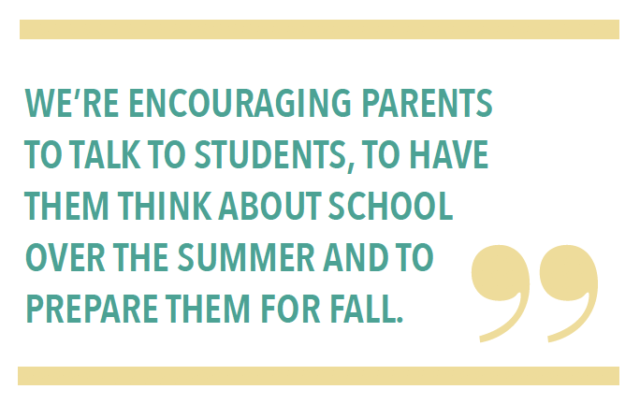 “We’re encouraging parents to talk to students, to have them think about school over the summer and to prepare them for fall,” said Wragg. “We’ve also offered parents the chance to come into the schools during the summer so students can see the building and become familiar with it again before the first day. Most of our schools will be open on certain days, and if the parent talks to a local administrator, they can do that. They can also just drive to the school and talk about what going back will be like, even if they can’t go inside. And we always encourage parents to come to the open house to meet the teachers. For students who have cognizant deficits, having that social story about the first day is a fantastic idea.”
“We’re encouraging parents to talk to students, to have them think about school over the summer and to prepare them for fall,” said Wragg. “We’ve also offered parents the chance to come into the schools during the summer so students can see the building and become familiar with it again before the first day. Most of our schools will be open on certain days, and if the parent talks to a local administrator, they can do that. They can also just drive to the school and talk about what going back will be like, even if they can’t go inside. And we always encourage parents to come to the open house to meet the teachers. For students who have cognizant deficits, having that social story about the first day is a fantastic idea.”
White adds that having a set schedule and re-establishing routines makes the transition easier for many of these students.
Wragg suggests, “Parents can also think about what their schedule at home will be like. Start working through getting up in the morning, preparing lunch – whatever pre-COVID routines can be part of the new normal can begin prior to the start of school.”
Relearning the Routine
Andy Roach, an associate professor of counseling and psychological services in Georgia State University’s College of Education and Human Development, is a former elementary school teacher who expects this school year to be one of the most challenging. But he agrees with Gwinnett’s approach that families can do practical activities to manage the resocialization and stress before that first bell rings.
“It’s going to be difficult for all students to get back into and relearn that routine,” he said. “And it will be particularly challenging for students with I/DD. If I were a parent, I’d be thinking about things like getting up at a regular hour. Many of us have enjoyed working in sweatpants all day, and that will be a transition for our kids, too. It’s a good idea to ramp up and practice all those things we need to do to build back a routine.”
Roach also notes that students with I/DD often require specific instruction, accommodation and support. Those are the three areas where schools should put the emphasis when the year begins, and he offered specific insights into them.
Beginning with academics, he recognizes that the efforts of teachers during the pandemic have been nothing short of “heroic. But there’s probably no doubt that online instruction in a lot of places hasn’t been optimal, especially for students with I/DD,” he said. “It’s possible students will be returning with gaps in their reading and math skills after a year’s-plus work of virtual learning. I often talk to my [Georgia State University] students about how students with I/DD are very instructionally sensitive, so when the instruction isn’t optimal, it’s particularly difficult for them to make progress.”
While those gaps are not the fault of the students, their families or educators, Roach believes extra efforts do need to be made to ensure students are making progress. One way is to offer an environment conducive to learning.
“They’re coming back to a learning environment they’re not used to,” he said. “As a former elementary school teacher, I find myself thinking of all the classroom expectations around behavior that kids haven’t been living with. For instance, you don’t normally just get up and walk out of the classroom when you’re tired of doing stuff. You have to raise your hand to ask for help. You can’t have lunch at any time of the day. It’s important to help kids think about the things they’ll have to do in the classroom that they didn’t have to do at home and to help them understand there are certain times when there’s recess or work.”
Logistically, it may be difficult to meet the needs of students with I/DD as schools work to get everyone up to speed, Roach said. “There’s a possibility that things like re-evaluations and IEP (Individualized Education Program) meetings might be harder to schedule. There will be more kids needing more evaluations; meetings that didn’t happen last year need to be scheduled this year. Families may potentially see schools working really hard to manage all these things, and I’d encourage parents to be good advocates for their children but also recognize that in most cases educators will be doing the best they can with the resources they have, and they’ll have more on their plates than usual.”
Meeting the Challenges
The good news for parents is that schools are aware of the challenges and are working to meet them, said Roach.
“A lot of schools are putting plans in place, like potentially having counselors and psychologists to provide support systems,” he said. “Many special educators will think about how to do that as students come back. I know within many school districts there are screening procedures to help kids having social, emotional or learning issues.”
Roach also expects that parents will have their own anxieties around sending their children back to school – a situation that calls for some intensive TLC.
“It’s really important for everyone – families, educators and children – to be gentle with themselves and recognize everyone will be adapting to a new reality that is somewhat like the old reality,” said Roach. “I’m a big believer in self compassion and compassion for others.”
Getting Help for Students
At the same time, Leslie Lipson, an attorney whose work often centers on children with I/DD, says parents need to be firm about getting the help their students need.
“There will be a lot of different scenarios for students coming back,” she said. “Some kids have been out of school and doing some type of distance learning; others may have been offered great instruction. But others, because of their I/DD, may have found material wasn’t very accessible. Kids with disabilities have a legal right to receive special education services as part of a free and appropriate public education, and kids who should have had that during the pandemic and didn’t might be eligible for compensatory service – makeup services that weren’t offered or weren’t able to be offered.”
As an example, Lipson considers the case of a child who was supposed to receive social skills work once a week. During Covid, that work didn’t happen, even though it was in the student’s educational plan. “The school can come up with a plan to offer those services in another way,” said Lipson. “Maybe they put them off until the summer or offer them in greater frequency in fall.”
In another example, Lipson describes a student who was receiving group reading instruction but couldn’t access it online. “Especially for younger kids with learning disabilities, learning across the internet is really hard,” she said. “A school could offer something in the summer or fall as a compensatory service. So, parents should be asking about the services that weren’t offered during the global pandemic.”
Lipson expects smart schools will be staffing and matching kids with smaller groups led by well-trained teachers. “That could be much more successful than coming back to a large classroom with kids who don’t know each other or the teacher,” she said.
“Administrations are going to have to allow teachers to get to know their students and their needs, and really work on orientating kids. I also hope it’s not all back on parents when many have been doing all these roles for the past 15 to 18 months.”
Practicing Different Approaches
Special needs teachers in Fulton County’s public schools have specific ideas of how to handle the transition back to the classroom. They’ve been practicing different approaches since September, when students with autism, intellectual disabilities and other developmental delays began returning to their classrooms. The shift from virtual to face-to-face happened after a summer of planning, said Blake McGaha, executive director of Services for Exceptional Children. 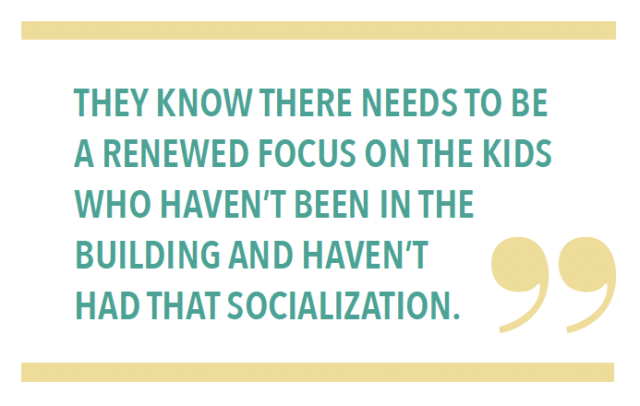
“We worked diligently to produce deliverables for families at home and teachers supporting them, especially for lower-functioning students who needed visual support,” he said. “As summer progressed, we developed more strategies to bring those kids back.”
The cornerstone of the plan was a series of social stories designed to help students understand and implement rules around in-person learning, such as wearing a face mask, riding the bus and sneezing. Other stories revolved around hybrid learning and addressed kids’ fears about schools shutting down on a moment’s notice. And some spoke to bigger concerns: how learning at school is different from being at home, how to meet old friends in a new way, how to handle anxieties and perceptions around people who aren’t wearing masks.
“The idea was to create a social narrative of how things are different, but we’re still doing school, and this is what it looks like now,” said McGaha.
Last fall ended with about 63% of the special needs population in classrooms and the remaining students opting for virtual learning. Those returning were greeted with music and celebrations that reinforced going back was a good experience and that school was a welcoming place with safe adults.
“It was all about smiles and making a positive environment,” said McGaha. “But we still need to focus on that 37% that has not stepped into a school for 15 months.”
That focus includes giving schools the autonomy to build their own social narratives for students in their communities.
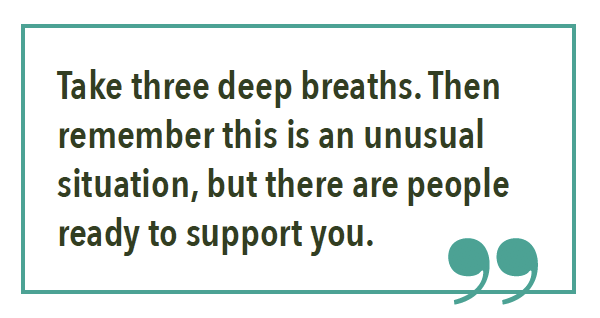
“We can provide some social stories and lesson plans to build that support, but each school can add on their own plans to make things more robust,” said McGaha. “But they know there needs to be a renewed focus on the kids who haven’t been in the building and haven’t had that socialization. We’re looking at ways for families to meet the administration and support staff, and integrating social games to create interaction so teachers can measure who needs extra, hands-on help.”
McGaha has shared these approaches during monthly brainstorming sessions with about 17 other service directors in the Atlanta metro area. In addition, Rachel Greene, Fulton’s coordinator of autism, is part of the Georgia Department of Education’s autism and support initiative with five sites across the state. “We have a group email chain that started in March of last year, and we share the cool resources or ideas we find,” said Greene.
No One-Size-Fits-All Strategy
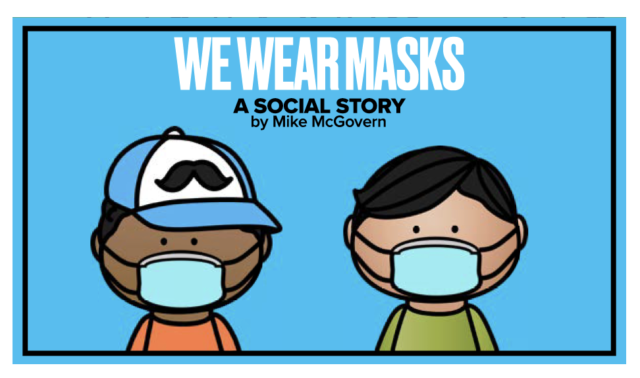
Sharing information and insights is key since each school is different. Zelphine Smith-Dixon, the state director of the Division for Special Education, acknowledges that “there isn’t a one-size-fits-all strategy to address the needs of students with disabilities.”
“These decisions are determined on a case-by-case basis by the Individualized Education Program,” she wrote in an email. “It is the responsibility of the team to review updated data and current levels of performance, and ultimately decide what supports and services are appropriate and necessary.”
Gwinnett County’s White believes the schools in her district are up to the challenge.
“It may initially be a new experience, but our teachers and parapros will help students get back into the routine very quickly and reacclimate them to the school experience,” she said.
As for parents and students, Roach offers a key bit of advice: “Take three deep breaths. Then remember this is an unusual situation, but there are people ready to support you.”

